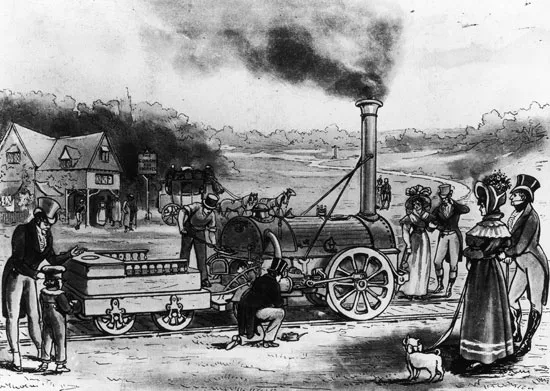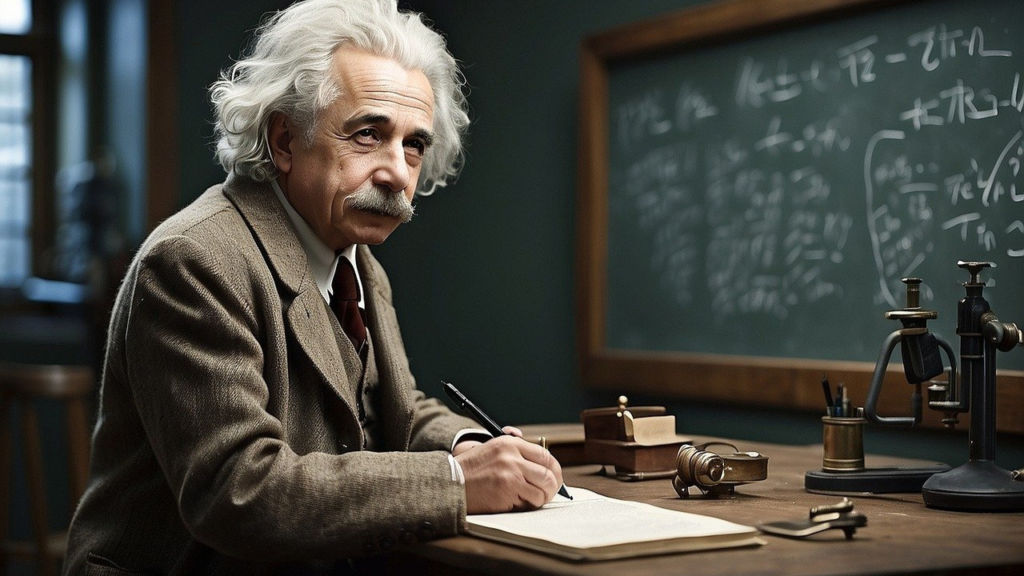
George Stephenson is the Man behind the Magic of making it possible for us to travel quickly by train across countries. He was often called the “Father of Railways,” was a key figure in the Industrial Revolution. His inventions and ideas in engineering and transportation changed the world. Born on June 9, 1781, in Wylam, Northumberland, England, Stephenson came from a humble background. His father worked as a colliery fireman, but young George had a passion for machines and engineering that set him on a remarkable path.
A Humble Beginning with Big Dreams
Despite his modest beginnings, Stephenson had a natural talent for understanding how machines worked. At the age of 17, he began working as a colliery engineer at a nearby mine. His ability to fix and improve steam engines quickly earned him a reputation for being reliable and resourceful.
In 1814, he built his first steam locomotive, called the “Blücher,” which was used to move coal at Killingworth Colliery. This was a major breakthrough and a sign of more innovations to come. His work led to the creation of the “Hedley’s Puffing Billy,” a groundbreaking locomotive that further showcased his inventiveness.
Building the World’s First Railways
Stephenson’s most significant achievement came in 1825 when he constructed the Stockton and Darlington Railway. This was the world’s first public railway to use steam engines, and it marked the start of a new era in industrial logistics and passenger travel. Before this, goods and people were transported by horse-drawn carts. Stephenson’s railway proved that steam-powered trains were faster, more efficient, and capable of carrying heavier loads.
His next major project, the Liverpool and Manchester Railway, opened in 1830 and was the first railway built for both passengers and freight. During its construction, the famous Rainhill Trials were held to determine the best locomotive for the railway. Stephenson’s locomotive, the “Rocket,” won the competition, proving his engineering skills and setting a new standard for future railways.
A Global Impact on Transportation
Stephenson’s innovations did not just change travel in England; they had a global impact. His ideas on railway design, such as reducing gradients (slopes) and maintaining a standard gauge (the distance between the rails), became the foundation for railway construction worldwide. Thanks to his engineering consulting firm, his designs and methods were adopted across continents, making rail travel safer, faster, and more reliable.
A Legacy That Moves Us Forward
The 19th-century railway boom, which fueled incredible industrial growth, urbanization, and cultural exchange, is closely linked to Stephenson’s contributions. His vision and technical expertise laid the groundwork for modern transportation networks, making him a true pioneer. Even today, we benefit from Stephenson’s innovations whenever we travel by train or rely on efficient transport systems.
When George Stephenson passed away on August 12, 1848, he left behind a legacy of innovation, progress, and lasting contributions to engineering and transportation that continue to inspire society today.
Takeaways:
Innovation Changes the World:
George Stephenson’s passion for engineering and problem-solving led to the invention of the steam locomotive and the development of railways, which transformed travel and commerce.
Perseverance Pays Off:
Despite his humble beginnings, Stephenson’s dedication and hard work enabled him to overcome obstacles and achieve great success.
Global Impact:
Stephenson’s ideas were not just limited to England; they influenced railway construction and design worldwide, shaping modern transportation.
Continuous Learning:
Stephenson’s success shows that learning and growing through challenges are key to achieving great things.
Moral of the Story:
Success comes not from avoiding failure, but from learning and growing through it.


